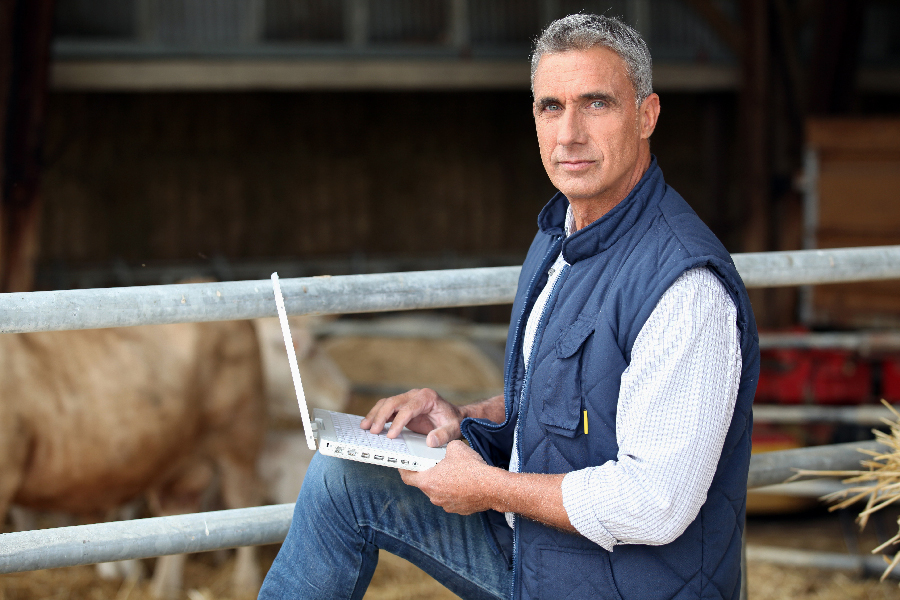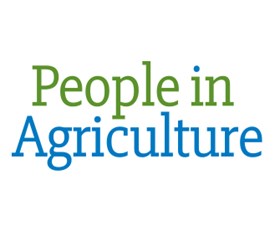Learning how to Grow from the Data Harvest
7/12/2017
The amount of agriculture data that is being collected has seen a significant increase of late, but there is still the challenge of adopting technology on farms.
The amount of agriculture data that is being collected has seen a significant increase of late, but there is still the challenge of adopting technology on farms. The 2017 Forthside open day was attended by approximately 60 farmers. The event included some updates on research in poppy downy mildew and also drone demonstrations.Attending the event held at the Tasmanian Institute of Agriculture, Tim Neale stated that there was a significant gap between the available technology and what is being utilised.
“There is still a massive divide between the hype of the industry and the reality,” Mr Neale said. “Too often we’re collecting data for no reason. We need to be very careful about collecting data for data’s sake.”
Mr Neale said that when it comes down to using data technology farmers were just a bit overwhelmed and didn’t know where to start. The problem is really in getting the collected data in a form that will be more useful for the farmers.
Mr Neale noted how yield mapping was some of the most useful and readily available technology. This technology is used with root crops such as carrots, onions and potatoes to help to lift productivity. He said that it was imperative to have the ability to capture what crop yields in every part of a field.
He also spoke about how cloud-based software is being used more by agronomists on their iPads out in the field to provide recommendations.
He went on to relate how Auto-steer guidance technology is only being widely adopted now, despite the fact that it has been around since the mid-1990s. “We’ve got to be careful we don’t rest on our laurels and assume we’re always in front, we need to keep pushing hard to make sure we’re out in front all the time.” Mr Neale also notes that more help and expertise is necessary to use the data most practically.
He explained that there is a huge information gap since many manufacturers just make their sale, set up the product and go without providing any after sales and set up services. He notes that collecting and interpreting the data is where the real value is and that the current missing link is to act on the information that has been received.
Mr Neale notes that one of the more exciting technologies being developed for farming right now is robotics. Some robots can determine how many types of weeds are present just by driving over a paddock.
Robotic technology could help to reduce the cost of labour in horticulture industries where employees are required to perform tasks that are repetitive. Of course, there will still be the need for people to monitor these robots. Persons may go from driving a tractor to tracking the fleet of robots.
One of the challenges with emerging technology is the challenge of maintenance and support. Other countries have used third-party operators to solve this problem, and this may just be what Australia needs to do.





